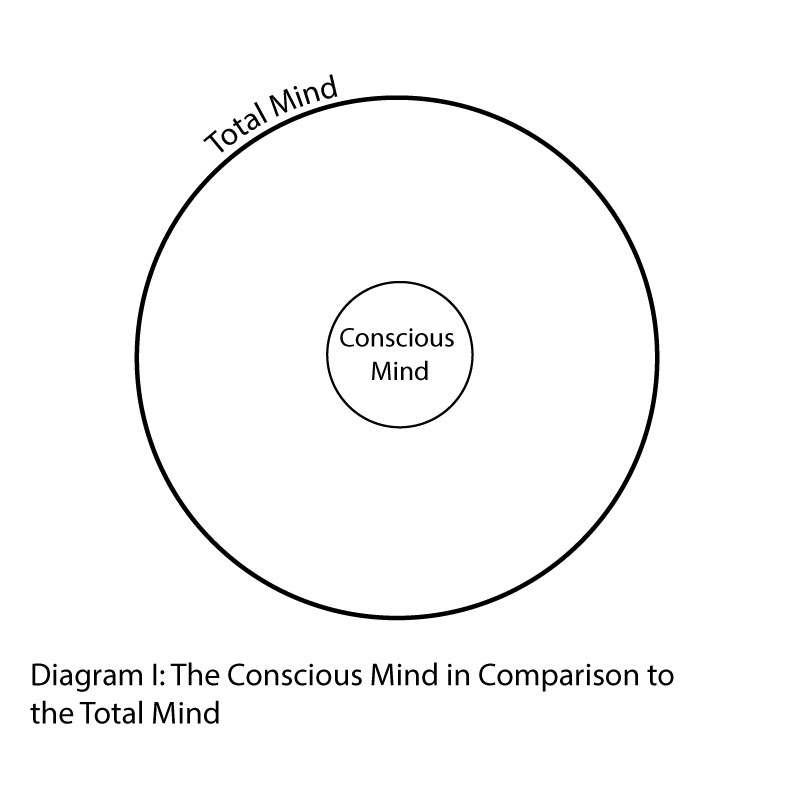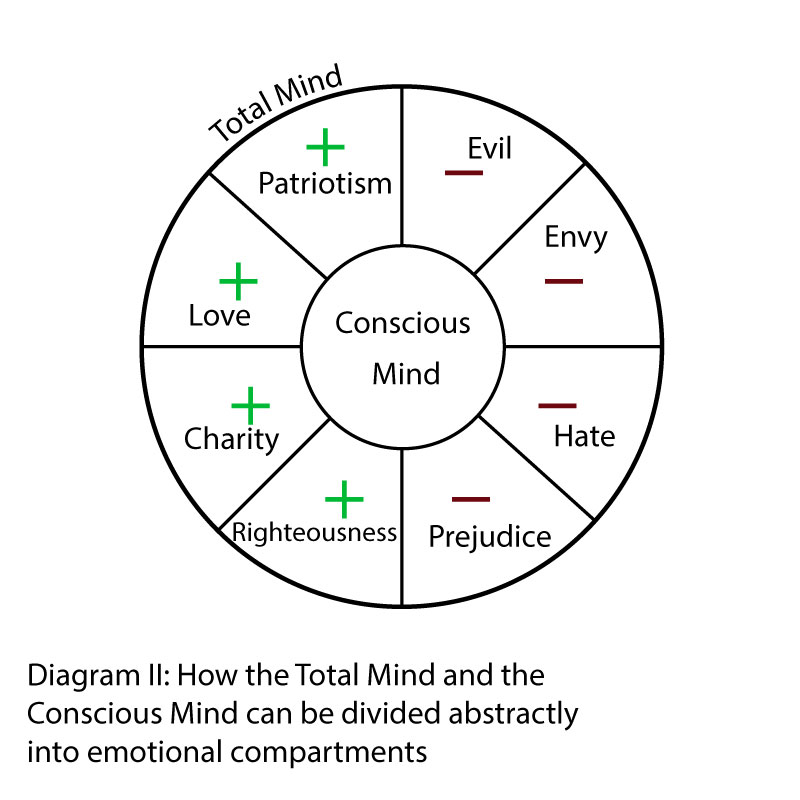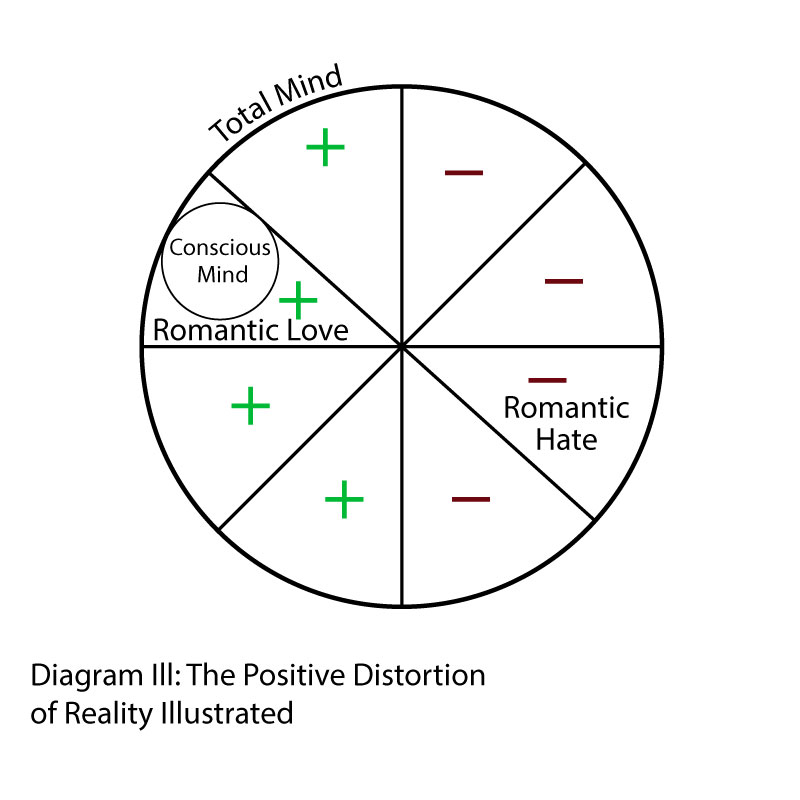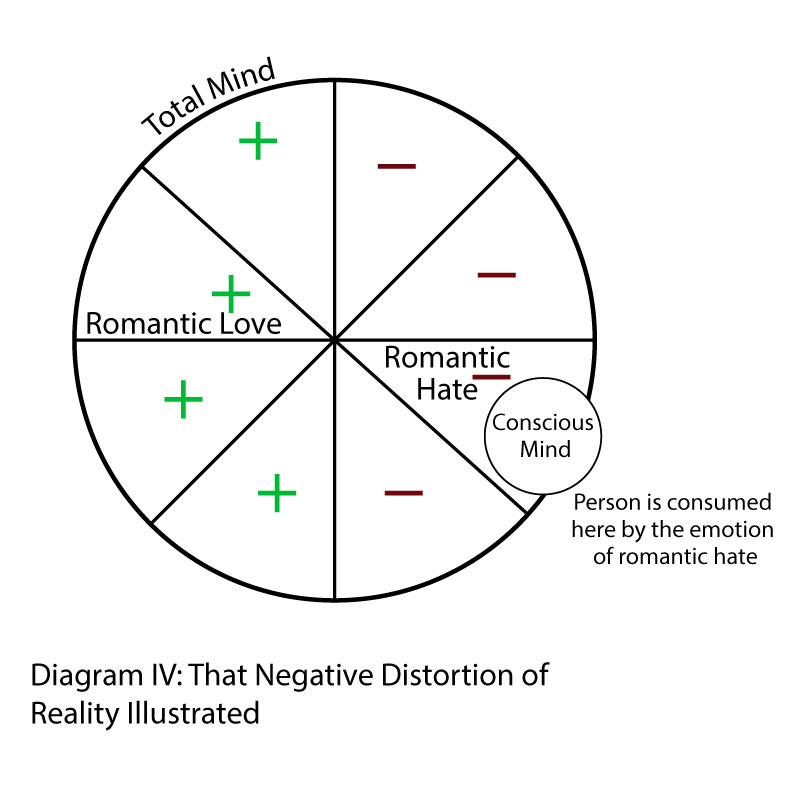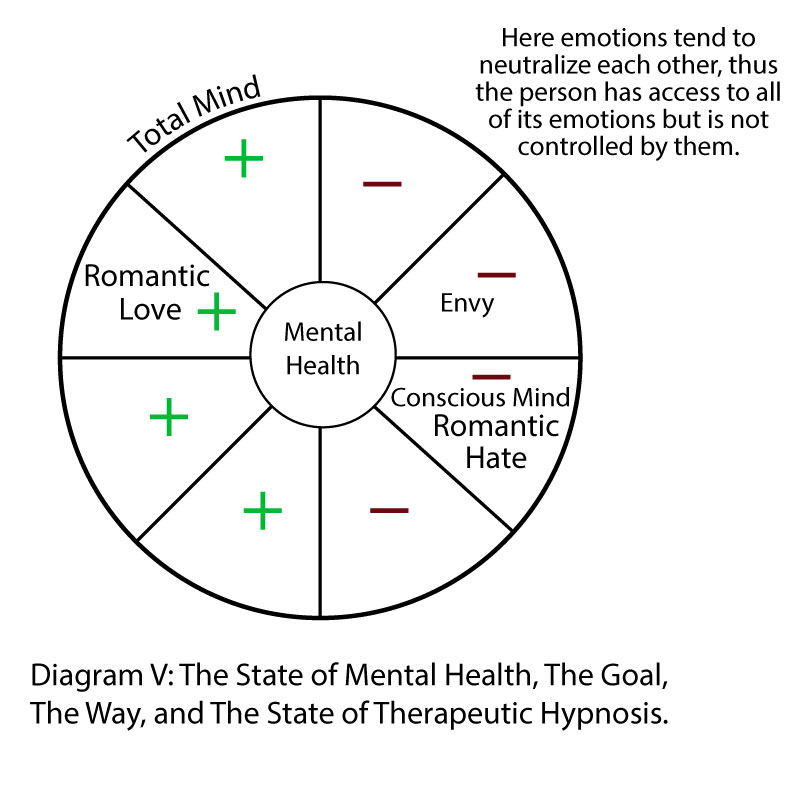One Medical Hypnoanalysts commented that good sex is merely an erotic trance. When the similarities between hypnosis and gratifying sex are considered, he is quite right. Effective hypnosis involves high focus and concentration on the matter being dealt with. So does effective sex. In hypnosis, there is a strong response to suggestion. In sex, there is a strong response to verbal and physical stimulation. A sex therapist may not know much about hypnosis. But Medical Hypnoanalysts know about sex.
The basic effort, from any approach, is to liberate clients from reservations, distractions, emotions, or other conflicts to develop a focused state of awareness. Orgasm may well be the definitive trance-sensations are powerful, exceedingly intense to the point where all other thoughts, feelings, sensations, or emotions are obliterated from the psyche.
When troubles develop in sexual performance or enjoyment, a logical approach is (as in many other problem areas) to look for causes. What has happened? When did problems begin? How did they progress? Quite often Medical Hypnoanalytic regression may prove illuminating, locating sources of problems and indicating the appropriate therapeutic procedures to resolve them.
It is valuable at the outset to determine the client's dominant type of sexuality- active or passive. Normal people are a blend of both, though one is usually a bit stronger. Sexuality, as with suggestibility, can be measured to determine the dominant type and evaluate its relative factor of strength. The active sexual person is likely to be a bit more outgoing, even aggressive, sexually. To the passive sexual person, feelings are probably more internal.
For effective therapy, it is important to identify sexuality type to understand the response. While marital compatibility has been studied, reported, and written about in volumes, personality compatibility has received negligible attention. It has long been known that opposites attract-this feature is more often than not accountable for the “spark” that draws people together. Yet the same “opposite” element provides the breeding ground for potential clashes, communication problems, lack of understanding of intents and emotions, and other factors, which mature into insecurities. Understanding sexuality types, then, can smooth the progress of compatibility.






